When the ball dropped in 2019, none of us could have anticipated what the year would hold. We dreamed about New Year’s resolutions and of hopeful new beginnings. Some of us may have thought about working on our budget, our diet or maybe on how to be more generous.
A global pandemic and nation-wide riots? Not even close. Then, in the first six months of 2020, our worlds have been completely turned inside out.
On paper, 2020 has the markers of a tragic plot—economy floundering, lives threatened, nation-wide riots, mistrust of government, fear of public places, disconnection from loved ones and heartbreaking injustices exposed. There is no denying the common ground. It has been hard. Under the weight of it, I started to wonder whether there was hope for 2020.
Hope is a funny thing. It feels both easy to find and easy to lose. It swings in and out of our hearts—swapping spots with despair like a revolving door. Ironically, they are necessary to one another. To hope for something means understanding there is something “better” and that means understanding the reality of what is “worse.”
I am learning that you cannot hope without knowing hardship, which is what might actually make 2020 hopeful. We are strung together by a deep, global experience of hardship. This means that we are also strung together by the possibility of hope.
You cannot hope without knowing hardship, which is what might actually make 2020 hopeful.
The shared experience of COVID-19, while varied and different, filled with good and bad, was still a bond. We all felt fear and anxiety. We all faced uncertainty and the unknown. Most importantly, we were reminded of the good in humanity—random acts of kindness for strangers, bravery of frontline workers and the courage of doctors and leaders.
Life now feels and looks different. Before COVID-19, how did you see your neighbor? The checkout clerk at the store? The stranger you bumped into on the street? The friend you would pull in close for a hug?
Perhaps, this virus can serve to wake us up and remind us of our humanity. We are faced with an opportunity to gain a glimmer of more empathy. Maybe this was the catapult necessary to rally together like we have. Maybe we needed to be reminded of our commonality. Maybe we needed to better understand injustice against one is actually an injustice to us all.
A virus woke us up and reminded us of our humanity.
I know I feel it in myself. Never in my life have I understood the reality of racial injustice as I do right now, and not in a small way but like a “platonic shift in my soul” or a “light being turned on for the first time.” Everything I’ve known up until now looks different, and it’s evident others feel the same.
This is the painful but beautiful silver lining. There are no guarantees for a vaccine or for justice. However, what we do have is a united, relentless human pursuit of hope—of something better.
Heather C. McGhee once said, “Things get worse before they get better. They shut down the parks of Montgomery, Alabama for almost a decade because of segregation, but sometimes, you have to shut down in order to rebuild something great.”
Hope will always be heavy because it can’t be grasped without the contrast of walking through despair. That’s also what makes it so sturdy. It’s not an emotion, a wish nor a New Year’s resolution. It is a gritty belief. Whether we wanted it or not, we got a reminder of a belief in humanity. It will make a difference. It already has. This year is going to be history changing beneath our feet.
What hope have you found so far in 2020? What good things or moments have you held onto?
Image via Taylor Butters

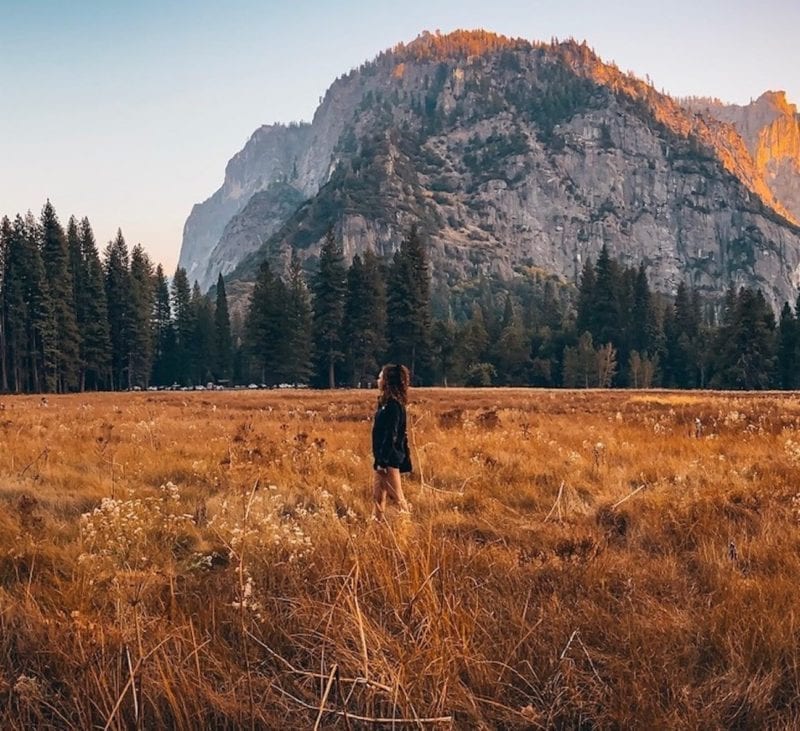

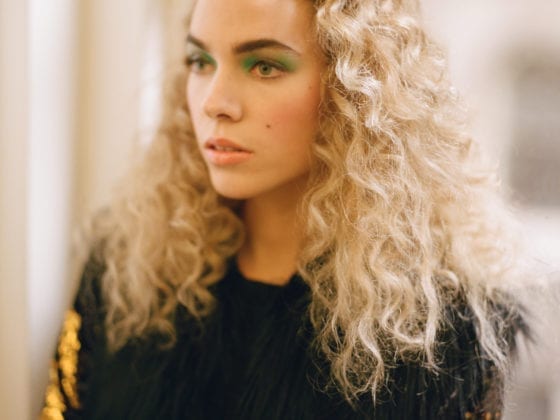
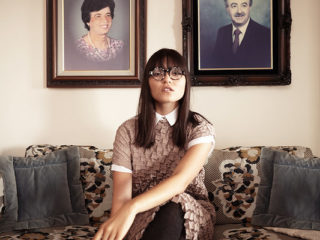

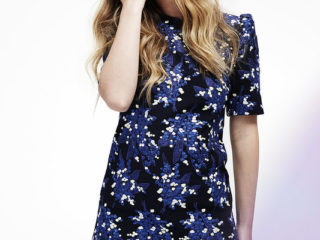


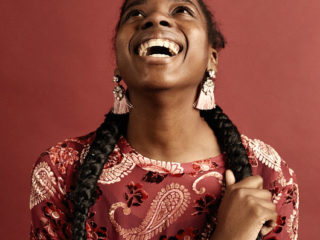

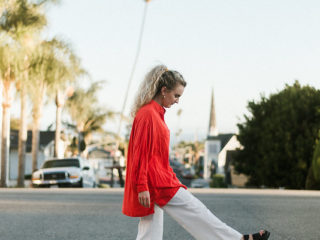
1 comment
Thank you so much, there is so much wisdom in your words, and good reminders for helpful postures in this time.